USA and Canada

Heavy selling creates downturn in corn, wheat markets
The transition from November to December was a rough one for wheat and corn while soybeans handled the flip of the calendar page a little better. The last few days of November had the grains trading in a back-and-forth fashion and not really going anywhere. That all changed in December when heavy fund selling hit wheat and corn, pushing both markets through support lines.
What started the major selloff and is it a signal that the party is over? Well, most of the selling was tied to money flow. The funds, who have been aggressive buyers of all the grains through the planting and growing season, have turned to be heavy sellers. The biggest task the funds are trying to accomplish by year end is getting flat in the grains without causing too much market movement. Guess that plan did not work out so well.
The other factor leading up to the mass exodus out of wheat and corn is demand concerns. Wheat exports continue to lag behind last year’s pace and at this point, with half of wheat’s marketing year behind us, it doesn’t appear that the U.S. wheat export pace will meet USDA’s already disappointing projection. This has led most traders to expect USDA will lower wheat exports in either the December or January Crop Production report.
Read More…
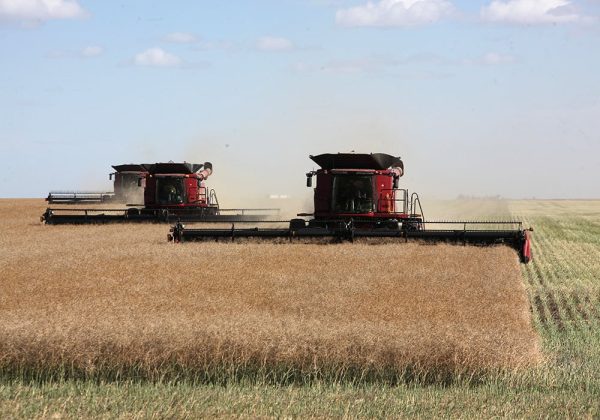
Canola’s biofuel link to raise volatility
Volatile canola markets will get even more turbulent in the years ahead as the biofuel sector consumes an increasing amount of the oilseed, says an analyst.
The Canadian Oilseed Processors Association (COPA) is forecasting that the biofuel industry will be buying 6.5 million tonnes of the crop per year by 2030, up from 1.8 million tonnes in 2020.
Canola production is expected to rise to 29 million tonnes, up from 20 million tonnes over that same timeframe.
That means the biofuel sector will be accounting for 23 percent of total demand for the crop by 2030, up from nine percent in 2020, according to COPA.
Ken Ball, canola analyst with PI Financial Corp., said the rapidly growing demand from the biofuel sector should make for an interesting ride in the years to come.
“It’s going to add a lot of volatility to the marketplace for sure,” he said.
Read More…

Canadian grain export pace on target, but U.S. corn sales lag
The slow pace of American corn exports was a drag on grain markets last week, but Canadian canola and wheat exports look on target.
I’ll talk about the American export situation later, but let’s first look at the Canadian position.
We have export data from the Canadian Grain Commission’s weekly report for Week 17 to Nov. 21. Seventeen weeks is roughly one-third of the crop year.
We can get an idea of whether exports are booming or lagging by looking at the amount moved so far compared to the forecasted amount of full-year exports in Agriculture Canada’s monthly Outlook for Principal Field Crops.
The export pace fluctuates through the year and the amount moved at this fairly early point is not necessarily how things will wind up by Week 52, but it is worth looking at.
Read More …
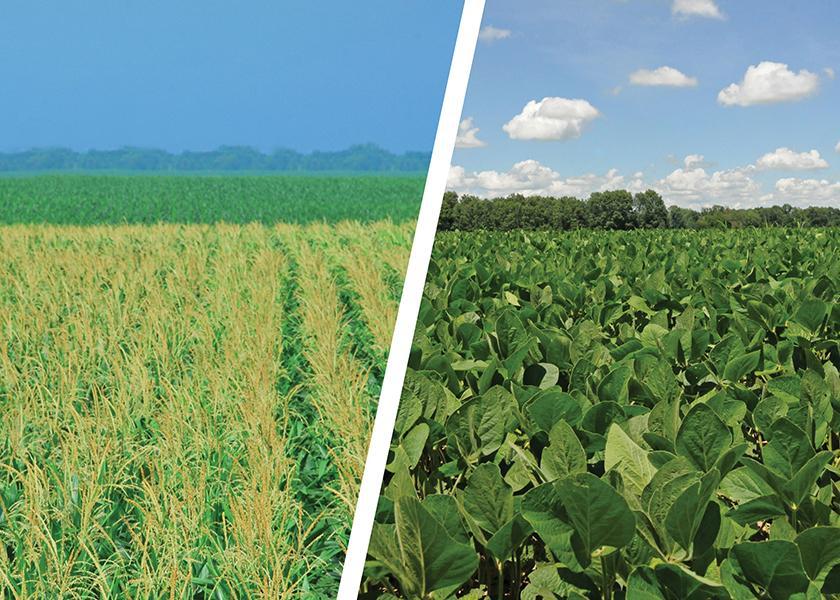
U.S. Department of Agriculture lowers forecast for world wheat harvest due to situations in Argentina and Canada
The U.S. Agriculture Department left most of its crop production and usage estimates unchanged in its latest World Agricultural Supply and Demand Estimates released Friday.
The corn outlook did call for lower exports and increased ending stocks 75 million bushels, while soybean supply and use were unchanged for the month.
USDA projected corn exports higher for Ukraine but lowered corn export estimates for the United States, Russia and the EU. The report lowed corn exports by 75 million bushels as the agency noted competition from exporters and relatively high U.S. prices have resulted in slow sales and shipments through early December. With no other use changes, USDA raised corn ending stocks 75 million bushels.
Next month’s January report will provide another opportunity to gauge the ongoing impact of the stronger U.S. dollar and its impact on American corn exports.
Read more…
New Zealand
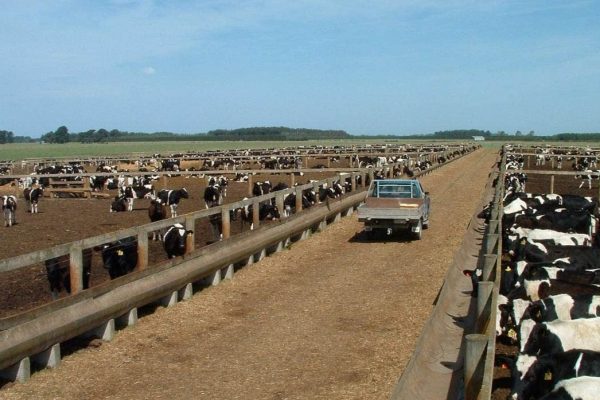
Farmers get premium for live export cows as ban approaches
Farmers and exporters are being paid premium prices for live cow exports before a ban takes effect in April.
Responding to a parliamentary question this week, Minister for Agriculture Damien O’Connor said an estimated $406 million worth of animals would be exported this year.
The value of livestock exported in 2021 was approximately $340m, up from $261m in 2020, O’Connor said.
Chair of Livestock Export NZ Mark Willis said the organisation experienced an increase of more than 20% in the value of animals exported, compared to previous price highs.
The demand for breeding stock from New Zealand increased because Chinese importers and farmers wanted to secure stock before the ban, he said.
Read More here...

Fully electric cherry farm the result of ‘going geeky’
Mike Casey’s story is a simple one, which became complicated fast.
He wanted to plant a 9,300 cherry tree orchard, on Mt Pisa, near Queenstown. Simple.
He worked out that the trees would sequester 3.8 tonnes of carbon every year, and as he’d always wanted to do something in the climate space, he found this to be particularly cool.
However, it became a bit more complicated when he discovered that if the orchard was run with existing technology, it would emit about 60 tonnes of carbon every year.
As a software engineer, he went all geeky and technical on the challenge and started a journey to be the first fully electrical and fossil-fuel-free orchard in New Zealand.
Casey had to make decisions around key technologies the farm relied on.
Read More here…
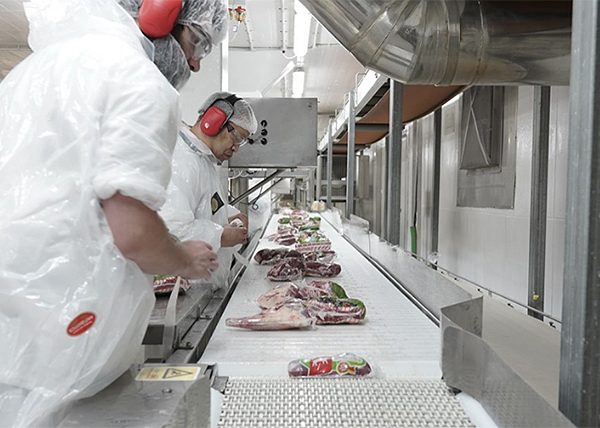
The 2022 meat season was a good one for the whole industry with farmer suppliers receiving substantial loyalty rewards. But 2023 will bring fewer opportunities for meat marketing, which means suppliers won’t receive as much for their livestock
It is tempting to think the recently ended season’s performance means the meat industry has resolved all its historical issues and will only go from strength to strength from here. The alternative, probably more realistic, view suggests 2022 was one out of the box, unlikely to be repeated any time soon. In spite of all the positives, it could have been even better, although I suspect most processors and exporters will settle happily for their end of year results.
The overriding reason for the successful year was the strength of all markets and consumer demand for products which New Zealand was mostly able to fulfil in spite of labour shortages, shipping delays and cost increases brought about by continuing pandemic issues and the war in Ukraine. There is no reason to believe any of these issues will go away in the next 12 months, although labour and logistics challenges show signs of easing. But the big difference will be reduced consumer demand which has already affected the returns for sheep meat, especially mutton, and will almost certainly flow through to beef prices.
Read More here…

Guy Trafford looks at what is driving dairy prices, at the risks of using PKE, and what lies ahead in 2023
The latest GDT auction has been, with very little to report except it seems to be a ‘business as usual’ auction. Overall prices increased by +0.6% with the individual products below.
- Butter index down -1.9%, average price US$4,725/MT
- Cheddar index up +1.8%, average price US$4,826/MT
- SMP index up +1.7%, average price US$3,102/MT
- WMP index up +0.1%, average price US$3,400/MT
The only really major concern is the continued fall of butter. With just the odd sign of resurgence, butter has been on a steady decline since February when it hit the heady heights of $US$7,086/MT. The biggest looser here will be Yili/Westland with their role as a dominant player in that field.
Westpac have mentioned that the result is perhaps the due the weakening of the US$ and therefore product being a little cheaper in US$ terms.
Read More here…
Australia
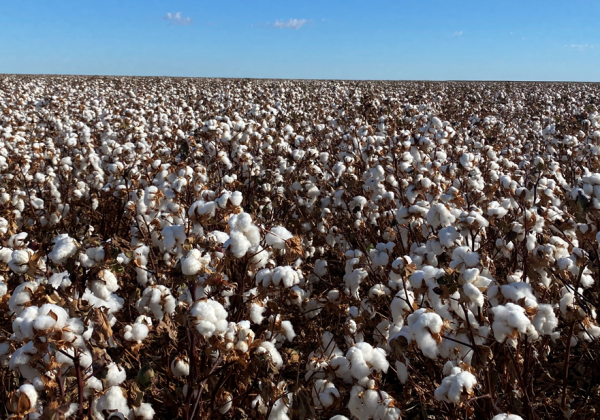
NSW growers battle through cotton planting
NEW SOUTH Wales cotton growers are nearing the end of a turbulent planting window with mixed results across the valleys.
Northern NSW growers are expected to plant almost all of the estimated area, with some dryland cotton yet to go in the ground.
This is an improvement on expectations for last, when the region was expected to take a significant hit from rainfall, flooding and ground preparation delays.
In southern NSW, many growers could not plant any cotton due to prolonged flooding and cool temperatures.
Short window narrows options
Growers in the Macquarie Valley and southern NSW and northern Victoria also have to contend with the shortest traditional planting window of all regions, running from about mid-October to mid-November.
Read more here
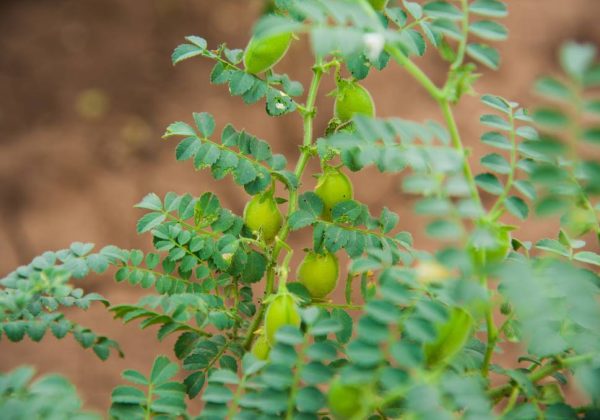
Australian chickpea, lentil exports dip in Oct
AUSTRALIA exported 65,259 tonnes of chickpeas and 61,796t of lentils in October, according to the latest data from the Australian Bureau of Statistics (ABS).
The chickpea figure is down 8pc from the September total of 68,252t, while the lentil figure is down 7pc from 66,176t shipped in September.
Pakistan on 42,409t was the biggest chickpea destination by far, taking 68pc, of the total, with the United Arab Emirates on 9497t the next biggest and Nepal on 3847t in third place.
Trade sources said rain delays to Queensland’s chickpea harvest meant October shipments were old-crop rather than new-crop, which can sometimes make its way to port for what is officially the opening month of the Australian shipping year.
On lentils, India on 33,662t followed by Sri Lanka on 11,020t and Nepal on 5190t were the three biggest-volume destinations.
Read more here …
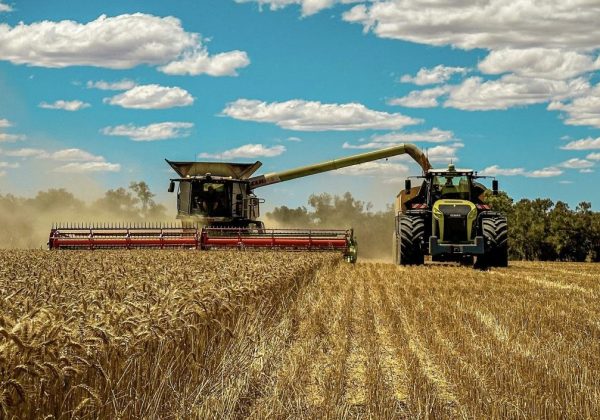
Australia’s Oct wheat exports jump 14pc to 2Mt
AUSTRALIA exported 2,042,497 tonnes of wheat in October, up 14pc from 1,785,830t in September, according to the latest export data from the Australian Bureau of Statistics (ABS).
The month is the first for the Australian marketing year, and saw inflows of new-crop wheat in zones around Australia’s northernmost bulk grain ports, namely Geraldton in Western Australia, and Gladstone and Mackay in Queensland.
Indonesia has continued its trend of recent months in being the biggest market for Australian bulk wheat, with 438,282t shipped in October, just ahead of China on 419,204t.
In third place for bulk buying in October was South Korea on 299,307t and The Philippines on 215,075t.
In containerised exports, Vietnam on 79,736t, Taiwan on 34,731t and Thailand on 31,194t were the biggest markets.
Read mpore here…

ABARES forecasts reduced summer-crop area
COTTON production in New South Wales is forecast to decline by 40pc in 2022-23, as well above-average rainfall and flooding across major production regions throughout spring have impeded the ability of many growers to access fields for soil preparation and planting.
The prediction came in ABARES quarterly Australian Crop Report released today.
Even as conditions improved towards the end of spring, yield penalties due to late planting has discouraged growers.
ABARES said planting of summer crops in 2022-23 is forecast to be well above average, supported by high soil moisture and significant areas of land left fallow during winter.
Total summer-crop planting in 2022-23 is forecast at 1.4 million hectares (Mha), down 9pc from the 2021-22 area, due largely to the impact of waterlogging in NSW.
Read more here…
South America
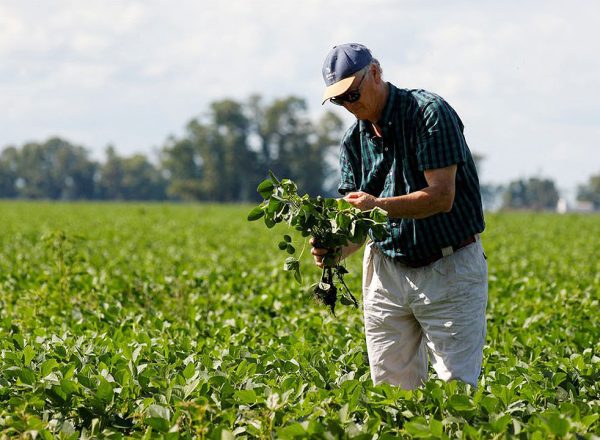
Argentine government says 74.2% of 2021-22 soybean crop sold so far
BUENOS AIRES, Dec 7 (Reuters) – Argentina soybean sales surged last week to 74.2% of the current harvest, helped by a preferential exchange rate, though sales trailed the totals seen at the same point last year, the government said Wednesday.
Producers sold 556,000 metric tons in the week of Nov. 24-30, the highest weekly figure in months, the agricultural secretariat said, though the season’s sales so far still lag the 76.9% of last season’s crop sold at the same point a year ago.
Argentina is the world’s top exporter of processed soy, and the grain is a critical source of foreign currency for the government.
Last week, sales spiked after officials reinstated a temporary preferential exchange rate for producers, the so-called “soy dollar” foreign exchange rate.
The secretariat also reported Wednesday, on Dec. 7, that the country had sold 72.8% of its 59-million-metric tons 2021-22 corn crop, down from the 75.3% seen in the same period the previous cycle.
Read more here…
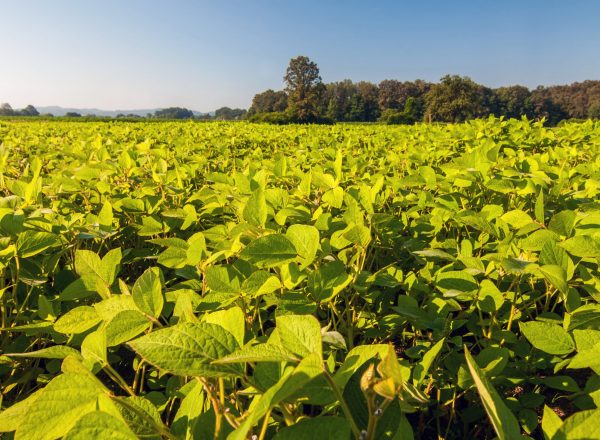
Soybeans rise on strong Chinese demand, Argentine drought
SINGAPORE — Chicago soybean futures gained more ground on Wednesday, buoyed by strong demand as China eases COVID-19 curbs and dry weather in Argentina supports the market.
Wheat prices are facing headwinds from ample supplies with the market trading near last session’s 13-month low.
“Without a major shift in the weather pattern in Argentina, buyers are likely to remain active as the market builds a weather premium,” Hightower said in a report.
The most-active soybean contract on the Chicago Board of Trade (CBOT) rose 0.2% to $14.58-1/4 a bushel, as of 0403 GMT. Wheat was down 0.3% at $7.27 a bushel, after dropping to its lowest since Oct. 2021 on Tuesday at $7.23-1/2 a bushel and corn lost 0.2% to $6.36-1/4 a bushel.
The U.S. Department of Agriculture announced that U.S. exporters sold 264,000 tonnes of soybeans for delivery China, as well as 240,000 tonnes to unknown destinations, both during the 2022/2023 marketing year.
Read more here…
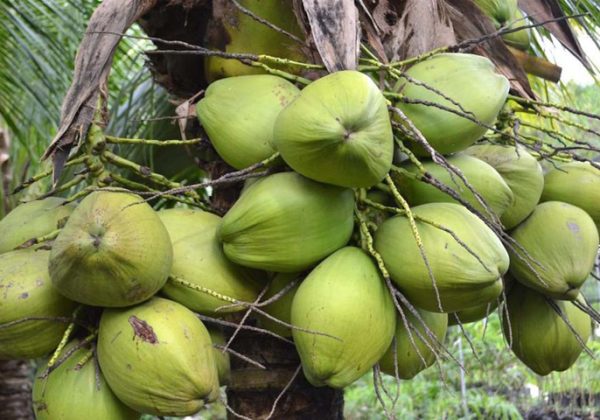
PHL asks Brazil to cut tariffs on coco products
Manila is urging Brasilia to reduce the hefty tariff it slaps on local coconut products to boost the Philippines’s “competitiveness” in the Brazilian market.
The Department of Agriculture (DA) said its high-ranking officials met with Brazilian diplomats to discuss agricultural cooperation between the Philippines and Brazil. The discussions included Manila’s request to lower Brazil’s 55 percent tariff on Philippine coconut and coconut-related products.
“Desiccated coconuts, coconut water and concentrates, virgin coconut oil, and fractions of unrefined coconut oil are among the top ten Philippine export products to Brazil,” the DA said in a recent statement.
The value of the Philippines’s total exports of coconut products to Brazil last year declined by 30 percent year-on-year to $5.041 million.
Read more here
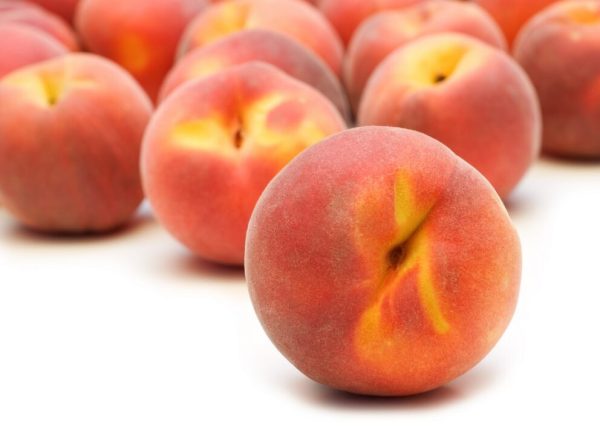
Agronometrics in Charts: Rising nectarine yields continue to outpace peach production in Chile
It is anticipated that Chilean nectarine and peach output would increase to roughly 180,000 tons in the 2022/23 season due to optimal growing conditions and higher rainfall following years of unrelenting drought. Rising nectarine output continues to outpace peach production as growers expand nectarine acreage in response to higher nectarine returns.
For MY (Marketing Year) 2022/23, Chilean fresh peach and nectarine output will total 178,500 MT, a 5.3 percent increase over MY 2021/22, according to the Stone Fruit Annual Report released by the USDA.
Owing to higher yields and growth in areas planted with nectarines, the collective exports for peaches and nectarines will climb by 5.8% to 118,000 MT. The majority of the country’s nectarines are grown in central Chile, more notably in the Metropolitana and O’Higgins areas; the fruit is mostly available from December to March.
Read more here
Food Updates
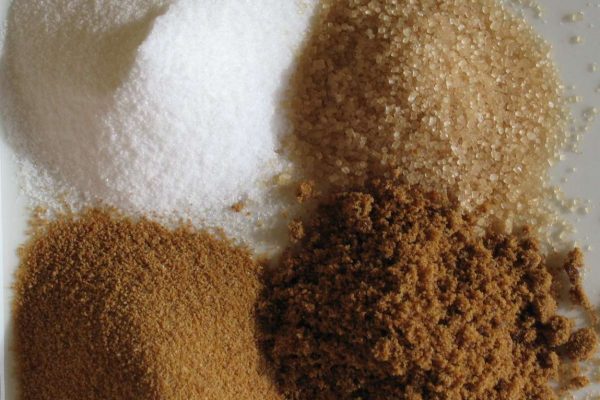
Sugars and sugar substitutes testing
Changing consumer preference, the introduction of sugar taxes and competitive pressures are some of the drivers of innovation in the beverage industry. Innovation can include reformulation of existing products as well as the development of new ones. Alternative products to carbonated soft drinks continue to reach our supermarket shelves, including product categories such as energy drinks, sports drinks, enhanced waters and functional dairy products.
Consumer preference and sugar taxes have also led to a focus on reducing sugar in beverages through reformulation of existing products or the introduction of new low or no sugar products. To enable the reduction or replacement of sugar in beverages, sugar substitutes are used to sweeten the products. These sugar substitutes, where approved for use, can include:
- High intensity sweeteners (aspartame, sucralose and acesulfame potassium)
- Sugar alcohols (erythritol, xylitol and sorbitol)
- Natural sweeteners (allulose, steviol glycosides and monk fruit).
Read more here
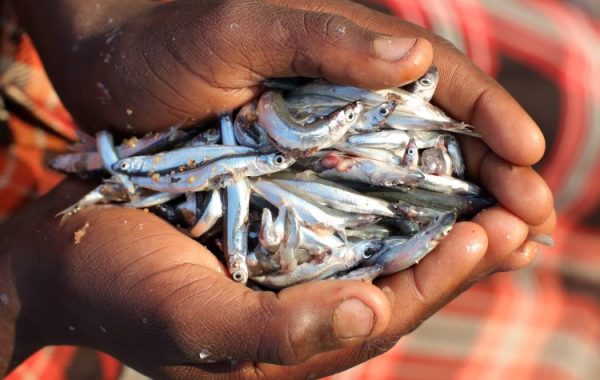
Small fish could help to combat malnutrition, study finds
Read more here…

Could alternative proteins solve antimicrobial resistance?
With global concerns regarding antimicrobial resistance, find out why Martina Helmlinger thinks alternative proteins could provide a solution.
Antimicrobial resistance (AMR) is an ongoing global concern. But with the recent discovery of superbugs and antibiotic residues UK rivers near livestock farms, now might be a good time to for the food industry to put its foot on the accelerator to find a solution.
New Food has recently reported on an investigation in the US that linked beef raised with antibiotics to fast food giant McDonald’s, but these concerns aren’t exclusive to North America. Anxiety surrounding AMR exists worldwide and is something that the National Library of Medicine has labelled a “global multifaceted phenomenon”.
But where there is a problem there is often a solution and, according to the Good Food Institute Europe, the transition to sustainable proteins such as cultivated and plant-based meat could be pivotal in the fight against AMR.
Read more here…

Food Waste: Is it time to go back to the chalkboard?
New Food’s Joshua Minchin brings you analysis from Kerry’s case study at Food Ingredients Europe in Paris, where education is the message of the day.
You all know the stats. Food waste would be the third largest emitter if it were a country, 30-40 percent of food in the US is wasted, so on and so forth. That’s not the lesson that Kerry wants to teach you (or indeed consumers). In their case study at Food Ingredients Europe 2022 in Paris’ stunning (albeit humongous) Porte de Versailles, Emma Cahill (Global Marketing Director) and Dr Sabina Cairoli (Business Development Manager), spoke about the gains Kerry have made when it comes to food waste through innovative solutions. Perhaps more importantly, they explained why consumer education is where food waste reduction starts and ends.
Technology gets you far
Some food waste is easy to identify – the family member scraping uneaten vegetables from a dinner plate into the bin (this bears no resemblance to any personal experiences of this writer). However, other types are hidden behind factory walls and complex supply chains.
Read more here…


